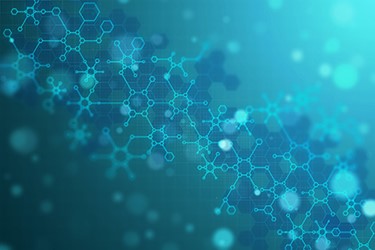Effect Of Buffer Composition On Protein Purification With A Hydrophobic Anion Exchange Resin, Nuvia aPrime 4A

The elimination of product- and process related impurities is essential to the safety and efficacy of biopharmaceuticals. To achieve this goal, multiple separation steps are often required at the expense of the target yield. This results in low process productivity and economy. Bio-Rad has recently developed a mixed-mode chromatography resin, Nuvia aPrime 4A, that has a positively charged hydrophobic functional ligand. The ligand density and hydrophobicty has been optimized for simultaneous maximal purity and recovery/yield. With Nuvia aPrime 4A, a broad range of impurities can be removed in a single chromatography step. This mixed-mode resin can tolerate the modest concentration of salts typically present in feedstocks, making it an effective tool for capturing target protein molecules from crude extracts as well as for polish purification.
In the present study, Bio-Rad shows that buffer components have significant effects on the purity and recovery of the target protein during Nuvia aPrime 4A chromatography. The use of sodium phosphate buffer led to high recovery of a test protein (pl ∼9.2), while a Bis-Tris propane buffer (Good's buffer) offered high impurity clearance.
Get unlimited access to:
Enter your credentials below to log in. Not yet a member of Biosimilar Development? Subscribe today.
